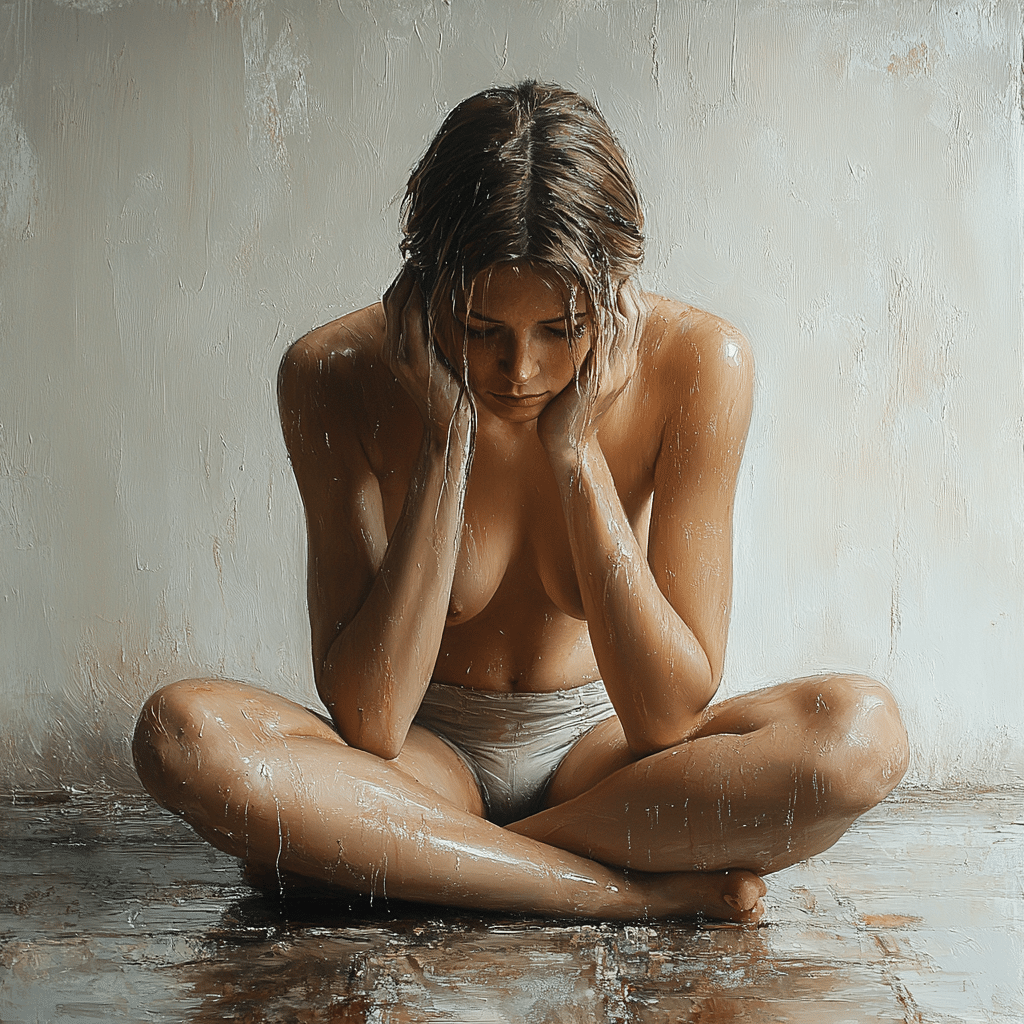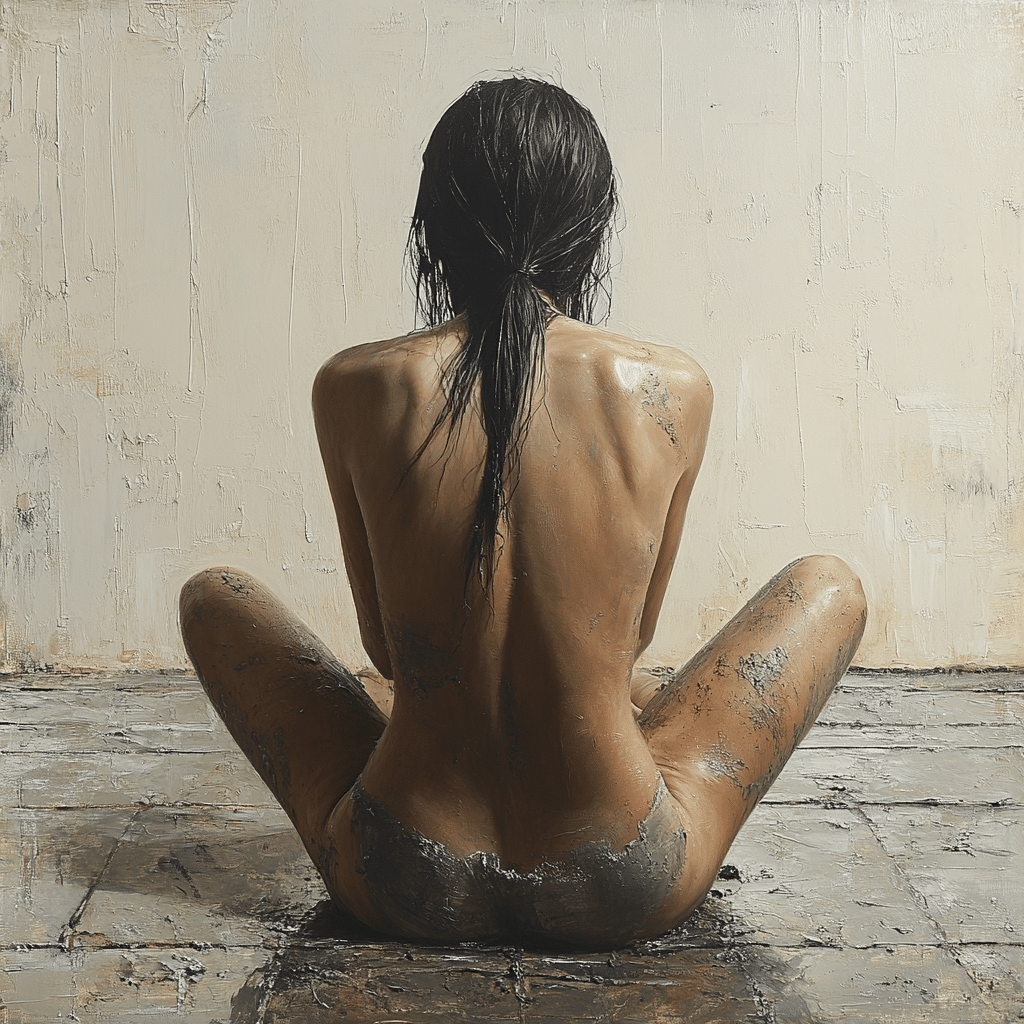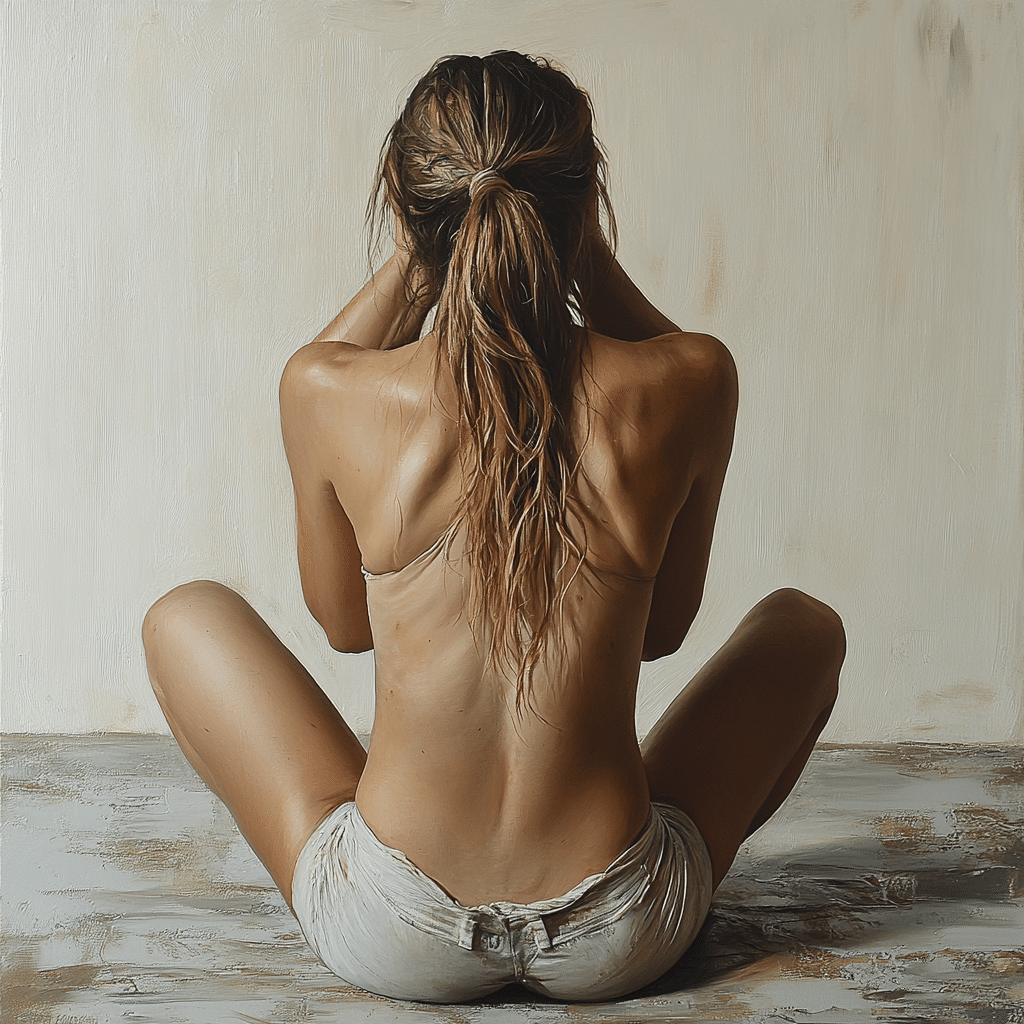Naked Art: The Resurgence of Nude Art in Modern Times
In recent years, naked art has gripped the imagination of both creators and audiences alike. Evocative depictions of the nude body, once shrouded in controversy or relegated to classic art history, are now thrust back into contemporary discourse with renewed vigor. This resurgence isn’t just a local curiosity; it’s a global trend, transcending geographical and cultural boundaries. The revival of naked art is more than a visual spectacle; it’s a profound narrative reshaping the way we perceive the human body.
The Historical Context of Nude Art
The Origins and Evolution of Nude Painting
Nude art has an ancient lineage, rooted deep in human history. The Venus figurines discovered from the Paleolithic era are among the earliest representations of the nude form. These primordial sculptures set the stage for the grandeur seen in ancient Greek and Roman art. Masterpieces like Michelangelo’s David and Botticelli’s The Birth of Venus epitomize the Renaissance’s idealization of the human form, all while laying the groundwork for future artistic explorations.
The 19th and 20th Centuries: Shifting Perceptions
The 19th and 20th centuries bore witness to seismic shifts in both societal and artistic perspectives on naked art. Artists like Auguste Renoir and Édouard Manet started challenging traditional boundaries with their intricate nude paintings. Moving into the 20th century, artistic movements such as Cubism, Dadaism, and Surrealism diverged dramatically in their portrayal of the nude body. Visionaries like Pablo Picasso and Salvador Dalí extended the boundaries, presenting complex and fragmented representations of the human form.

| Aspect | Details |
| Definition | Art that often features nude human figures as a central theme or subject matter. |
| Historical Context | – Ancient Greece and Rome: Emphasized the ideal human form. – Renaissance: Revival of classical themes. |
| Notable Artists | – Michelangelo – Leonardo da Vinci – Titian – Peter Paul Rubens – Auguste Rodin |
| Key Movements | – Classical Antiquity – Renaissance – Baroque – Modernism |
| Popular Mediums | – Painting – Sculpture – Photography |
| Contemporary Trends | Use of digital tools, mixed media, and performance art. |
| Artistic Techniques | – Chiaroscuro – Contrapposto – Realism |
| Public Perception | Varied; can be seen as either a celebration of human beauty or controversial due to its nudity. |
| Exhibitions & Venues | – Louvre Museum – Uffizi Gallery – The Met – The British Museum |
| Famous Works | – “David” by Michelangelo – “The Birth of Venus” by Botticelli – “The Thinker” by Auguste Rodin |
| Market Value | Significant; works by renowned artists can fetch millions at auctions. |
The Revival of Nude Painting in the Contemporary Era
Pioneering Artists and Their Bold Masterpieces
Jenny Saville
Jenny Saville has been a trailblazer in contemporary naked art. Her massive canvases delve into themes of gender, body image, and identity with unflinching honesty. Works like Propped (1992) challenge traditional notions of beauty, offering an unvarnished, visceral look at the human form.
Lucian Freud
Lucian Freud’s relentless realism paved a significant path in modern nude painting. His works, like Benefits Supervisor Sleeping (1995), capture the raw vulnerability and emotional depth of his subjects. Freud’s meticulous attention to the nuances of the human body provides an unsettling yet compelling lens into human nature.
Kehinde Wiley
Kehinde Wiley revitalizes the concept of nudity in art with his vibrant, expansive pieces. His work, such as Judith and Holofernes (2012), juxtaposes classical forms with contemporary aesthetics, redefining the dialogue around race and representation. Through his innovative approach, Wiley brings naked art into a new, inclusive light.
The Cultural Impact and Controversy Surrounding Painting the Nude Body
Body Positivity and Empowerment Movements
The resurgence of naked art finds its echo in the body positivity movement. Contemporary projects, like Ashley Armitage’s photography, champion inclusivity and self-love, aligning closely with the modern interpretations of nude art. This convergence not only opens dialogues about beauty standards but also celebrates the myriad forms of the human body.
Questions of Consent and Ethics
However, this trend is not without its controversies. As exhibitions and publications of nude art multiply, the ethics of consent and representation have come under scrutiny. Artists and institutions are increasingly aware of the power dynamics in the portrayal and display of nude works. Ethical considerations are becoming central to the narrative, reshaping how naked art is created and consumed.

The Future of Naked Art: Where Do We Go From Here?
Technological Innovations
The fusion of technology and art is opening uncharted territories for naked art. Digital art and virtual reality are pushing boundaries, providing new ways to explore the human form. For instance, Beeple’s digital piece Everydays: The First 5000 Days sold as an NFT for a whopping $69 million, triggering discussions about the future of art in the digital era. These technological advancements offer artists unprecedented tools to reimagine the nude body.
Globalization and Diverse Narratives
As globalization progresses, artists from diverse cultural backgrounds are bringing fresh perspectives to the age-old theme of naked art. Aida Muluneh’s Ethiopian-inspired works, for example, challenge Western-centric paradigms and offer rich, layered interpretations of identity and the body. This cross-cultural tapestry enriches the narrative, making nude art a truly global phenomenon.
The resurgence of naked art is not merely an aesthetic revival but a profound cultural movement. It stretches beyond the canvas, challenging and expanding our understanding of humanity. As we strip back the layers of this bold artistic renaissance, we’re invited to appreciate the timeless and nuanced beauty of the human form in its most unclothed, vulnerable state.
For more insights into different fascinating arts and culture topics, don’t hesitate to check out stories like the life of “Kite from Hunter x Hunter” or intriguing cases like Dayonte Resiles. Whether it’s exploring methods on How To avoid paying capital Gains tax on inherited property or understanding the ongoing Sofia Vergara divorce saga, our platform covers it all. Lastly, if you’re pondering about financial decisions, our article on the lowest mortgage rate could be particularly enlightening.
Naked Art Mesmerizes: Bold Masterpieces Uncovered
Curious Tidbits and Fun Facts
Naked art, sometimes controversial and always fascinating, reveals not just bodies but stories and cultures. Did you know that the earliest known representations of nude figures date back to prehistoric times? Indeed, ancient civilizations frequently depicted gods and mortals alike in the buff. Fast forward to the Renaissance, artists like Michelangelo and Botticelli celebrated the human form through their iconic Masterpieces.
Venturing beyond painting, another intriguing tidbit is that some artists use unusual materials to create their works. For instance, Spencer Tunick is famous for his large-scale public installations featuring thousands of nude volunteers. Such events highlight the communal aspect of naked art, blurring the lines between the artist and the audience.( Fascinating, right?
Additionally, naked art doesn’t just live in history books or galleries. In Japan, contemporary artists often explore the balance between traditional values and modern aesthetics through their art forms. Even anime, with its unique take on characters and narratives, can delve into thought-provoking( themes of nakedness and vulnerability.
There’s no denying it—naked art is bold and compelling, stirring emotions and challenging perceptions. Whether you’re drawn to its historical significance or its modern interpretations, there’s always something unexpected waiting to captivate. So, next time you see a naked artwork, look beyond the surface. Facts and stories hidden within might just surprise you!




